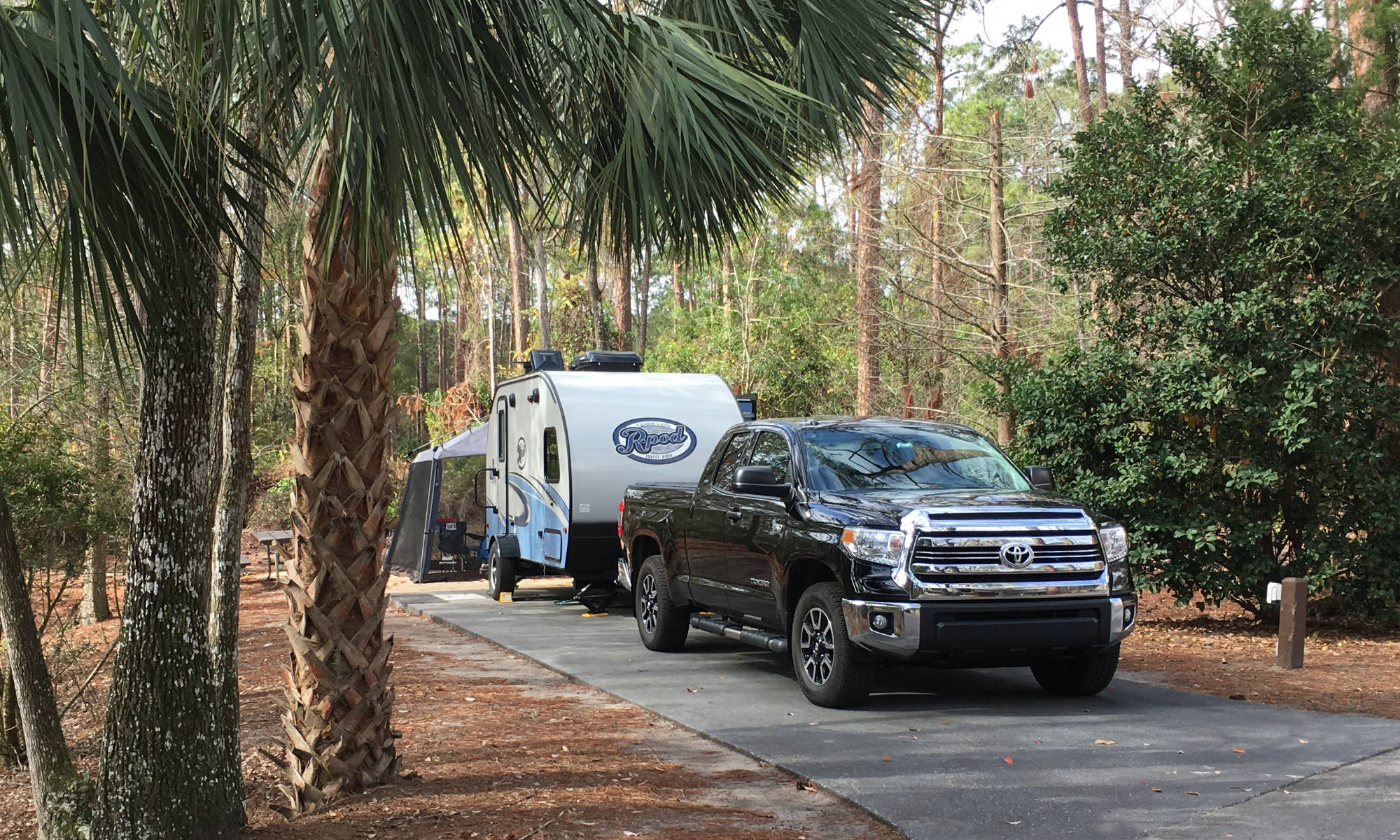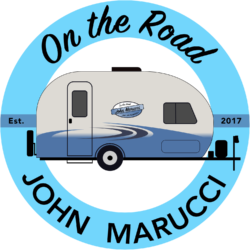Click here to sign up for reminders when new blogs are posted.
Maybe in the past people could just wing it when traveling by RV, but now the landscape has changed with the recent surge of new RVers. Planning has become somewhat essential. For example, if you want to explore Michigan in the summer you need to start planning way ahead as there is a six-month lead time for Michigan state parks.
So, let’s look at some benefits of planning out your RV travel…
Plan ahead to get the best locations. You just won’t get into the best campgrounds without planning. This is true more than ever just now. It has always been tough to get into the best places, now it is pretty much impossible without planning. This includes places like national and state parks, and the best campsites within those campgrounds. Florida State parks have some campgrounds with full hook-ups, for example, but you’ll rarely land a full hook-up site without booking the 11 months ahead of time.
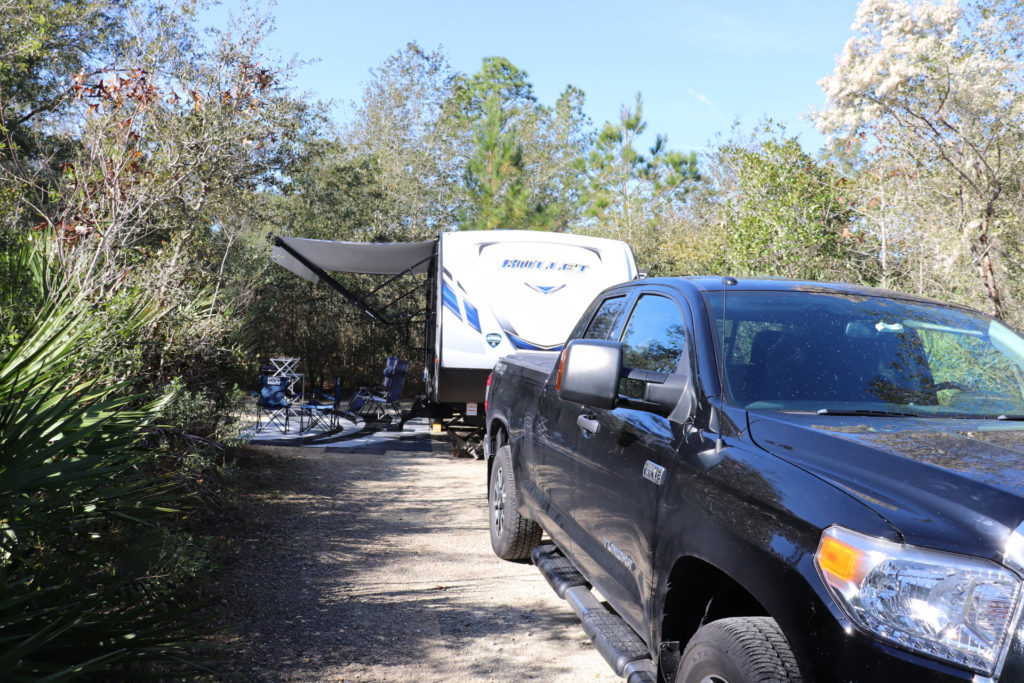
Next, if you plan ahead, you have the security of knowing you have a place reserved. This has been important to me given prior work commitments. If you have to be back online or at a certain place by a certain time, having planned out your travel makes sense.
You can also manage costs better if you plan your travel. It takes some work but with planning you can limit unexpected expenses while on the road. Generally, places like state parks and national parks are less expensive to stay at versus the private campground you may have to use while winging it. This can add up quickly during a longer trip.

Another benefit of planning is that you can calculate accurate distances between stops. This is an important planning benefit and a safety concern. I like to limit the maximum distance I tow in a day to no more than 400 miles. Less is actually better. Given stops along the way, and lower average towing speeds, 400 miles makes for a long and sometimes tedious travel day (I like to use the Marucci Rule of 45, where you take the estimated mileage you plan to tow and divide by an average speed of 45 miles per hour. This yields the time it will take to make it to your destination with normal stops). Throw in any bad traffic, and your day towing can really stretch out. With planning, you can find places along the way that limit the amount of driving you do each day. This makes for a safer and more enjoyable overall experience.
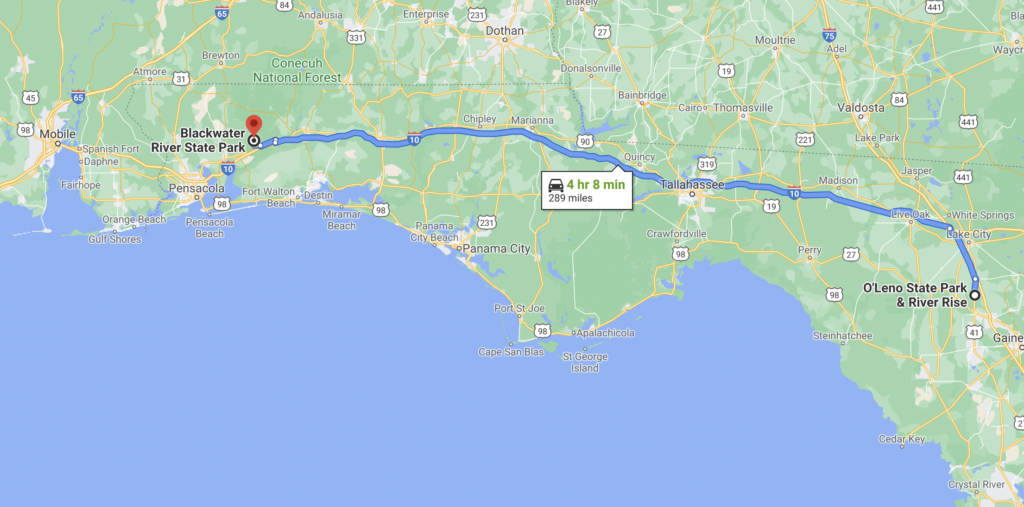
Here are a few beginner RV planning tips…
Lead Times. Understanding your booking window for where you plan to go, is likely the most important thing in planning. If I want to visit Kodachrome Basin State Park in Utah, I better be on the Reserve America site exactly 4 months ahead of the date. Otherwise I’ll probably miss out on getting the site I want. If it’s a Michigan State Park, I need to be ready to book 6 months out. For Florida State Parks, you need to be ready a whopping 11 months ahead of time. The point here is that each state has a different booking window, and you’ll never plan well unless you understand these booking windows. We have a State Park booking map on our Resources page available to help with this.
Enjoy the Journey. If you are planning a big trip to some great destination far away, don’t focus only on the destination. If you’ve always wanted to hit the amazing Utah national parks and have been able to line up space through good planning, remember to make time to stop along the way. If you are traveling in from the east of the country, there are dozens of great stops along the way you may not have thought of. Places like Carlsbad Canyon from the south, Rocky Mountain National Park to the east, or through South Dakota and the great parks along the way.
The point here is that you may find a favorite spot along the way if you make room in your plans to try some new stops. Try not to be too focused only on the final destination and miss the potential benefits along the way.
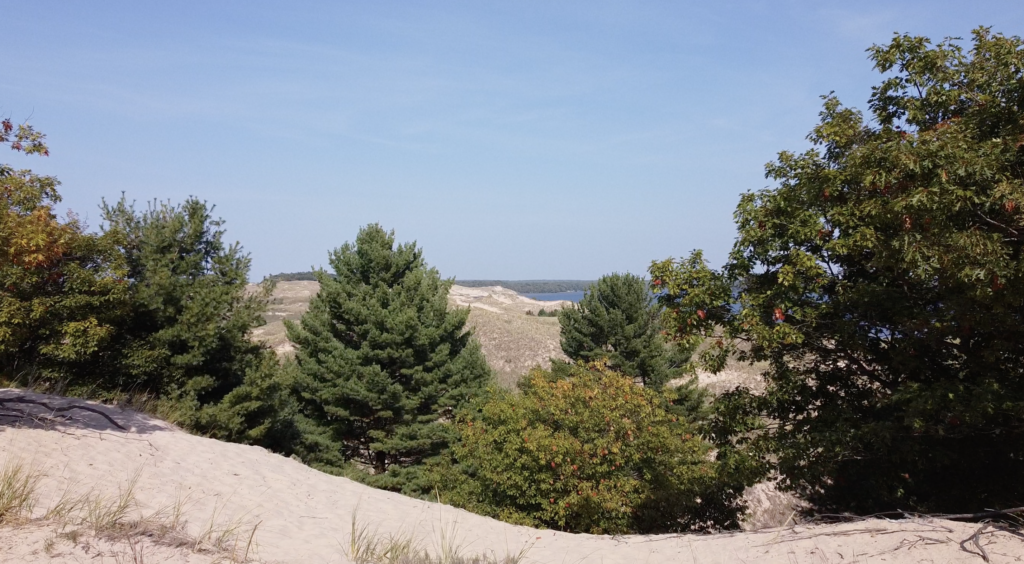
Understand the Seasons. If you are new to planning, knowing when to go is likely one of the more important things to understand. This applies not only to crowds, but also to weather and bugs. Bugs can make a trip a near total loss, so be aware. We have a video on the channel of a trip done a few of years ago to Michigan’s Upper Peninsula in July. The mosquitos and black flies were a plague and made it difficult to hike or be outside. So, research the place you want go and when the best time to visit would be. In the upper midwest, I find early-mid Spring and Fall camping much less crowded and much less buggy.
Use Great Planning Tools. There are great trip planning tools to be aware of. Probably my favorite is Google Maps. This allows for calculating distances between stops, finding points of interest along the way, and has quick access to reviews. I use Google Maps extensively when trip planning for the above reasons. One feature I enjoy with Google Maps is the Nearby feature. Once you find a location to overnight, for example, you can easily search that area for specific interests that are nearby. If you are into museums, for example, you can search just for those nearby.

There are other great websites and apps for planning in terms of campground reviews. Campendium certainly stands out in this regard. Their user-based reviews add significant detail around things like bandwidth for working, amenities, and recent pricing. Here is another shameless plug for our Campground Reviews map that contains all of our campground reviews in one place.
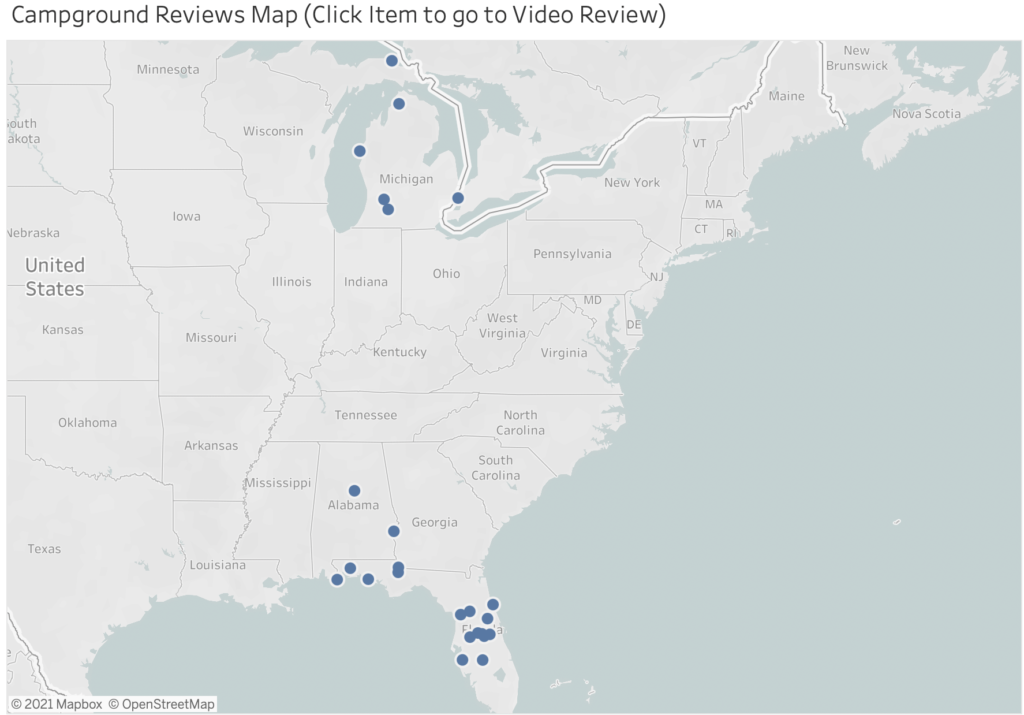
I also use the AllStays app while on the road. I think the ability the app provides to filter to things like truck stops, rest stops, propane refill locations, and public dump stations makes the app standout. Once you find the place you want to head to, you can then send the location to Google Maps on your smart phone. The app also has campground reviews, but I have found these scant at times.
Hopefully this will help in travel planning if you are just getting started. If you keep in mind the season you want to travel, booking lead times, and making room for shorter daily drives and more sights-seeing along the way, it should make a huge difference!
All the best in your camping endeavors!
Remember to sign-up for blog reminders so you don’t miss when new blogs are posted.
We’d love for you to join the On The Road Team by subscribing to the YouTube channel. If you want to dive deeper, we put more content and photos on Instagram and Twitter @JohnMarucci. You can also follow John on Facebook @JohnMarucciOnTheRoad.
As always, thanks to our teammates who support the channel by watching the YouTube Ads and by starting their shopping from the On The Road Amazon Storefront at: amazon.com/shop/johnmarucci. Your support is greatly appreciated!
Watch the more than 100 videos from John Marucci – On The Road!
